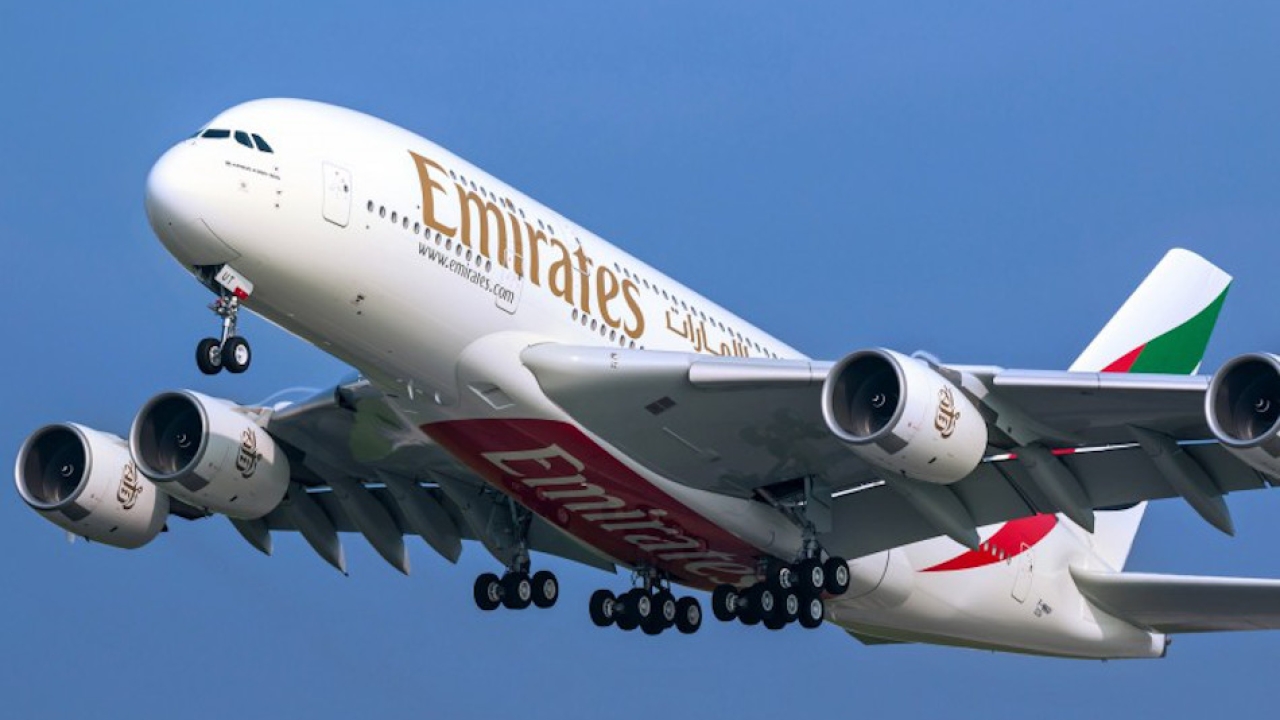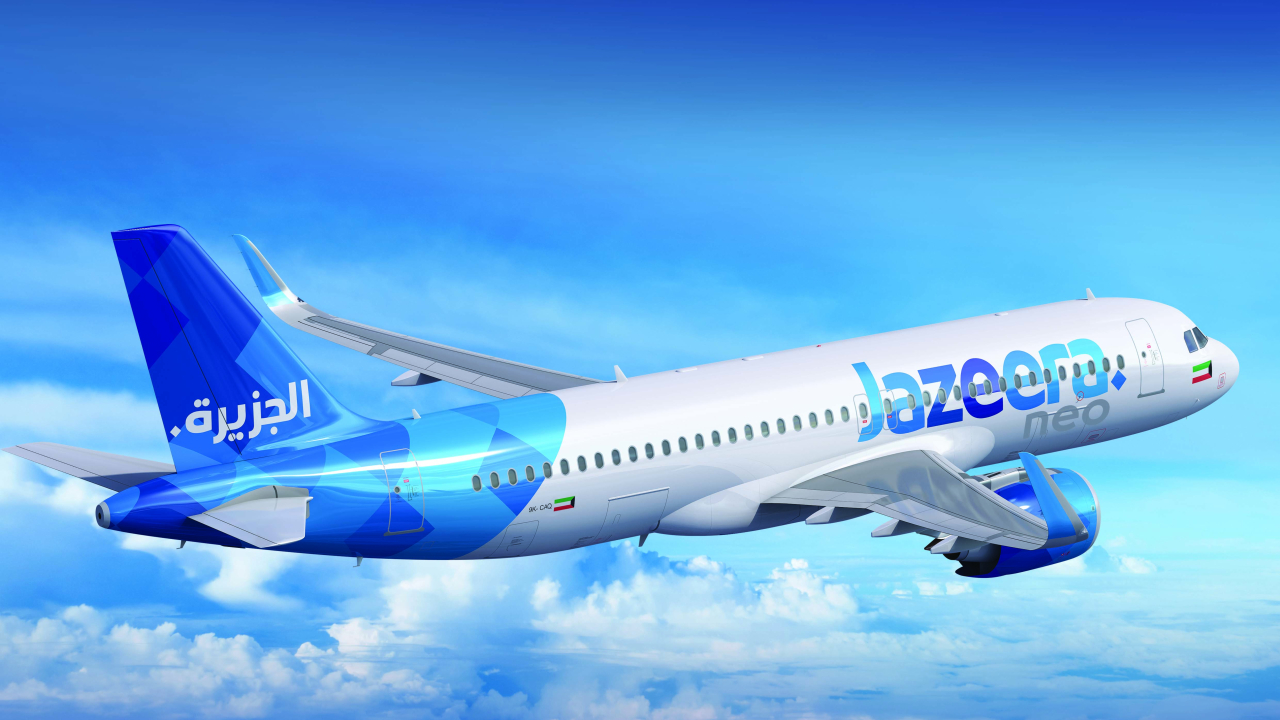Middle East air connectivity sees 26% growth in 2022
The Middle East saw a 26% growth in 2022, according to a report by Airports Council International Asia-Pacific and Middle East.

Middle East air connectivity sees 26% growth in 2022 Image: Emirates Airlines
The Middle East saw a 26% growth in 2022, according to a report by Airports Council International Asia-Pacific and Middle East.
Developed in partnership with PwC, the Airport Connectivity Report measures passengers’ ability to access the global air transport network, capturing both direct and indirect routes, and also factoring in the quality of service of each connection, such as destination choice, service frequency, onward connectivity and price, contributing to the passenger experience.
The report covers a sample of 100 airports that accounts for almost 60% of the combined passenger traffic in the region in 2019.
The report revealed that air connectivity in the Middle East stands out with 26% growth in total connectivity in 2022 vs 2019, with direct connectivity to destinations in North America, Asia-Pacific and Africa witnessing the strongest recovery post-Covid.
However, Asia-Pacific has seen a decline in air connectivity by 38% in the same period.
Several key factors contribute to the decline in air connectivity, including extended travel restrictions due to Covid-19, limitations on air traffic rights, constraints on airport slots, rising airfares, economic downturns, and geopolitical tensions.
This decline in air connectivity, coupled with increasing airfares, highlights its negative impact on the recovery of air travel and the resultant inconvenience to passengers.
From the passenger’s perspective, connectivity was said to be ‘essential’ for mobility, providing significant economic and social advantages. However, preliminary rankings for 2023 suggest a positive outlook for the region.
Stay up to date
Subscribe to the free Times Aerospace newsletter and receive the latest content every week. We'll never share your email address.

